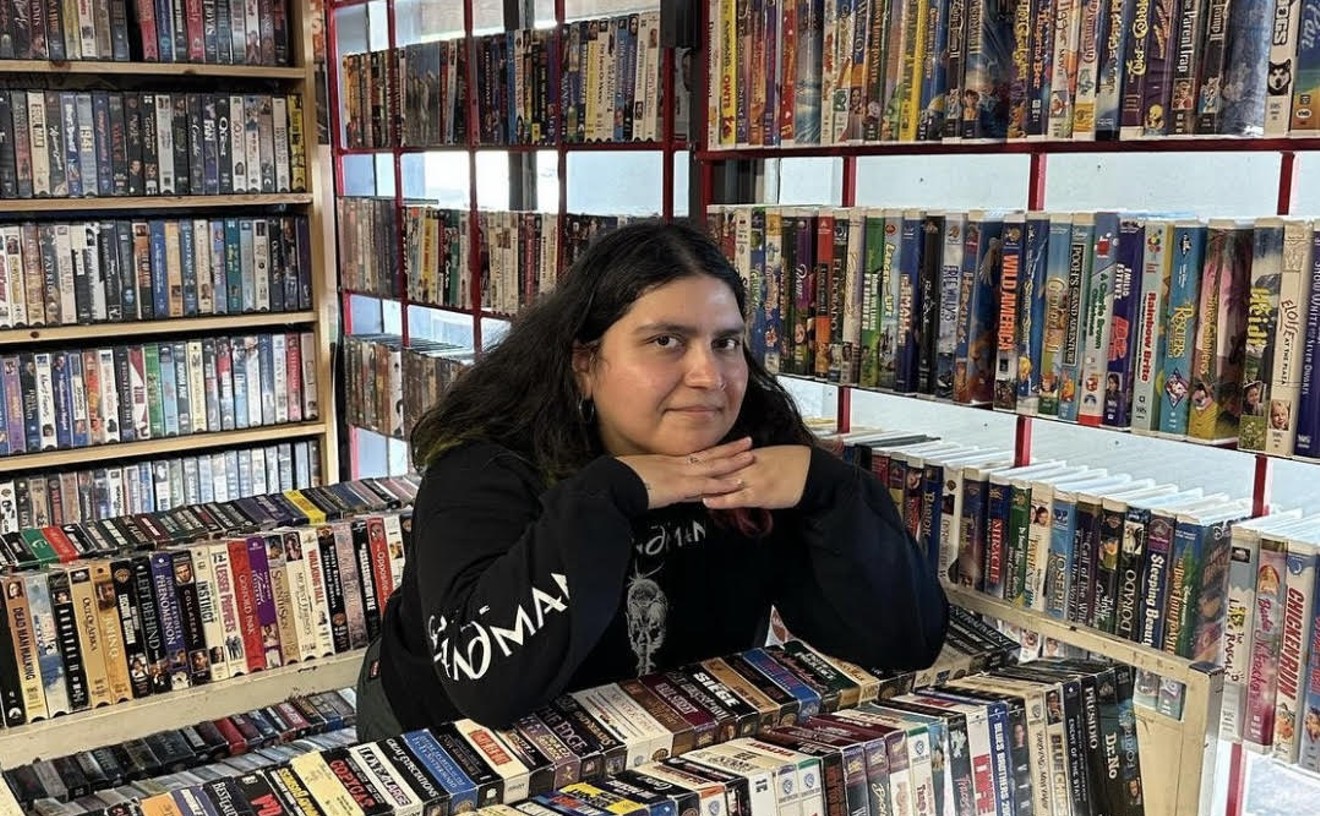The victim, Tony Durán, is a Puerto Rican who had arrived in town with money and on unclear business. His rumored love interests are the beautiful, identical Belladona twins, Sofia and Ada. They are sisters to Luca, who lives in a defunct auto factory he used to head before his business partners in the family betrayed him. Then there’s the wizened inspector with unorthodox methods, Croce. He doubts the guilt of the Japanese porter whom Durán’s murder has been pinned on and is determined to out the real perpetrator and motives, despite opposition by a sly prosecutor eager to label him crazy and force his retirement.
One of the novel’s central themes, obvious from the outset, is that everything is not what it seems. Based on this you naturally anticipate a couple of things: There will be a plot twist, and hazy connections will become clear when the rogue inspector draws back the curtain, letting in the light of truth. Target in the Night clearly presents itself as a detective novel and, one way or another, it seems certain the mystery will come to a neat resolution. That’s how novels that begin with murder and intrigue and detectives work.
Except, as Target in the Night progresses it becomes less and less familiar, and these gifts of insight seem less likely to arrive or be satisfying when they do. The reader occupies a similar position to Emilio Renzi, the journalist visiting from out of town to report on the murder investigation and trial, and as the narrative invites both him and us to tour the private worlds of each of the characters, one by one, they take on new depth, refusing to fit neatly into their boxes of femme fatale, villain, victim, hero. Rumors and characterizations conflict with the shifting of the story’s lens. Nothing is illuminated. Instead, shades of color are added in layers until the truth becomes increasingly opaque. Footnotes become more frequent and poetic, one sign of the way the novel’s structure also becomes looser and less climax-directed as it moves forward. Toward the novel’s end, Piglia even plants this definition of the mutated genre in Renzi’s thoughts:
“Someone should invent a new detective genre, paranoid fiction, it could be called. Everyone is a suspect, everyone feels pursued … No one understands what’s happening, the clues and testimonies contradict each other as they change with each interpretation, and all suspicions are kept open” (252).The meaning of Piglia’s insistence that things are different than they seem, professed time and again in Target, is itself the surprise. The expectations he confounds turn out to be yours about the kind of book you’re reading. As an inspector, Croce’s role is to “[take] care of what no one wants to see,” to console by weaving a narrative out of unpleasant and confusing events (119). It’s what the town expects of him and it’s what we as readers expect when we assume he is the hero of a conventional detective story. The job we have assigned him is not, necessarily, to present the messy truth: When Croce finds strong evidence that someone else is guilty of the murder, theoretically an important moment to the story, it is almost a non-event — the townspeople already have a suspect they can buy into.
We’re all just looking for a resolution we can believe in, Piglia seems to suggest. But his novel refuses to lie to us by giving us what we want, instead arguing that “everything is always more stupid and incomprehensible than what one can deduce” (237). Target in the Night challenges the philosophical merit of a story whose mysteries can be succinctly concluded. It posits that a fear of death, and a fear of embracing a world where hard truth and meaning are nothing more than abstract, idealistic concepts, propels us to reconstruct the past and impose them where they don’t exist, warping that past beyond recognition. Reality cannot be conformed to an easy, coherent narrative, and the more we try, the further submerged into darkness we become. Yes, Target in the Night contains atypical murder and cruelty, but Piglia repeatedly emphasizes that the same points could be made with any story as an example. In many ways, Target has more in common with a rumination on memory, like Proust's In Search of Lost Time, which it references, than it does other detective stories.
All of Deep Vellum’s releases to date have had a lot of weight to them, and Target in the Night is no less profound. But it can also operate on a much simpler level as a purely enjoyable, captivating read. Piglia, a professor of Latin American literature at Princeton University, is one of the most awarded Argentine writers and this novel is as good an indication as any of the success of Deep Vellum, which exclusively publishes works in translation. It is truly remarkable that the house debuting such a lauded work in English calls Dallas home. If you’re looking for an introduction to the work Deep Vellum is doing, Target in the Night is an ideal place to start.











